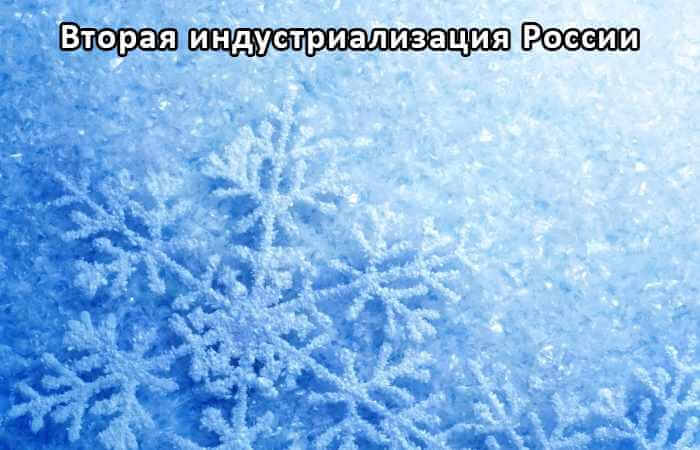LTCC technology low-temperature fired ceramics together

LTCC technology low-temperature fired ceramics together.
LTCC technology provides for the manufacture of multilayer printed circuit boards on ceramic base from a separate flexible ceramic sheets (ribbons). LTCC technology is cost-effective and low cost production of printed circuit boards and their resistance to heat in case of fire or strong induction currents as well as high mechanical strength and reliability.
Description:
LTCC technology (Low Temperature Cofired Ceramic technology low-temperature fired ceramics together) provides for the manufacture of multilayer printed circuit boards , ceramic based from a separate a flexible ceramic sheet (tape) on which pre-formed metallic interlayer and the heat sink hole, the elements are cavities and window and screen printing applied conductor, dielectric and resistive elements.
Flexible ceramic tape (material for the base of multilayer boards) are produced from a mixture consisting of glass powder, ceramic powder or a mixture of these powders. Also in the charge is present, the filler and plasticizer, burnable in the subsequent processing. Ceramic tape – also known as green (raw) tape have a thickness of from 0.05 to 1.5 mm and can be machined – cutting, piercing holes, drilling, etc.
Single leaf (ribbon) going into a package that undergoes crimping at certain values of temperature and pressure. If the tolerance on linear dimensions are not critical, the assembled package may be divided into separate charges. Package or individual charges fired in one cycle. At increased requirements to the linear size of the package is divided into the circuit Board after firing. LTCC technology allows us to produce an internal (hidden) passive elements (resistors, capacitors and inductors) in the volume module. Resistors can be formed in the inner and outer layers.
The firing is carried out at temperatures below 1000 OS and it is possible to use inexpensive components from metals (molybdenum, tungsten, copper).
LTCC externally, the device consists of a thin glass-ceramic panel (plates), which as a result of firing were metal conductors, playing the role of:
– the actual PCB for napavine on top of the chips
– different antennas for reception and emission of the signal, including complex shapes,
– a variety of simple electronic elements such as resistors, inductors, capacitors, which allows the use of LTCC device not only as a substitute is usually a printed circuit Board, but also to implement part of the electronics inside ceramic plates.
LTCC technology is a further improvement of the HTCC technology (High Temperature Cofired Ceramic technology high temperature fired ceramics together), but using cheaper materials and a more simple low-temperature process.
Advantages:
– very good electrical characteristics and stability up to millimeter wavelengths. Depending on the materials dielectric constant ceramics of low temperature varies from 6 to 9, and the tangent of dielectric loss angle from 0.001 to 0,006 in GHz range. As used plating metals with low resistivity (Ag, Au, Pt),
– excellent mechanical stability and the preservation of the linear dimensions in rapid temperature changes. This advantage arises not only because of the small coefficient of thermal expansion (5-7 µm/m ° C), but also because of the elastic properties in a wide temperature range
– low CTE. Low-temperature ceramics CTE close to the CTE basic electronics semiconductor materials (Si, GaAs, InP). It allows you to mount the semiconductor crystals directly on the base Board,
– good thermal conductivity. The thermal conductivity of the LTCC ceramics is 2-4 W/MK, which is much higher than that of printed circuit boards based on organic materials (0.1-0.5 W/MK). The thermal conductivity of the LTCC can also be improved through the creation of thermal effluents with the help of metallization (up to 20 W/MK),
– the possibility of 3D integration. You can easily create layers, cavities, holes, stops, integrated passive components,etc.,
– tightness from moisture, including leaks from condensation inside the electronic device when reaching the dew point. Dense structure of the LTCC ceramic is moisture, so LTCC devices can be used in the atmosphere with high humidity without additional protection
the efficiency and cheapness of manufacture of the devices
– resistance to heat in case of fire or strong induction currents, which is important for military purposes,
– high mechanical strength like tempered glass,
– reliability of microwave devices based on LTCC ceramics.
Application:
Chip housings based on a low temperature together fired ceramics (LTCC) technology, are successfully used in the automotive, consumer electronics, telecommunications, satellite systems and military products in the field of high and ultra-high frequencies.



